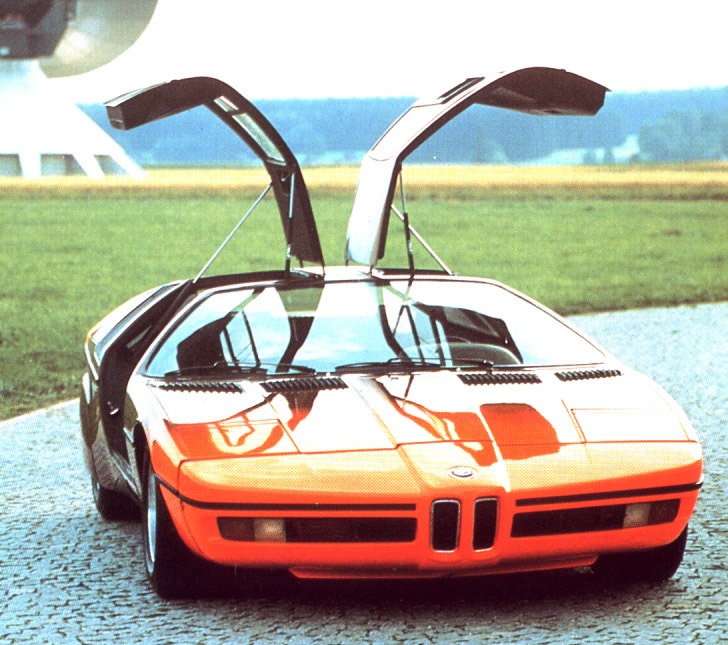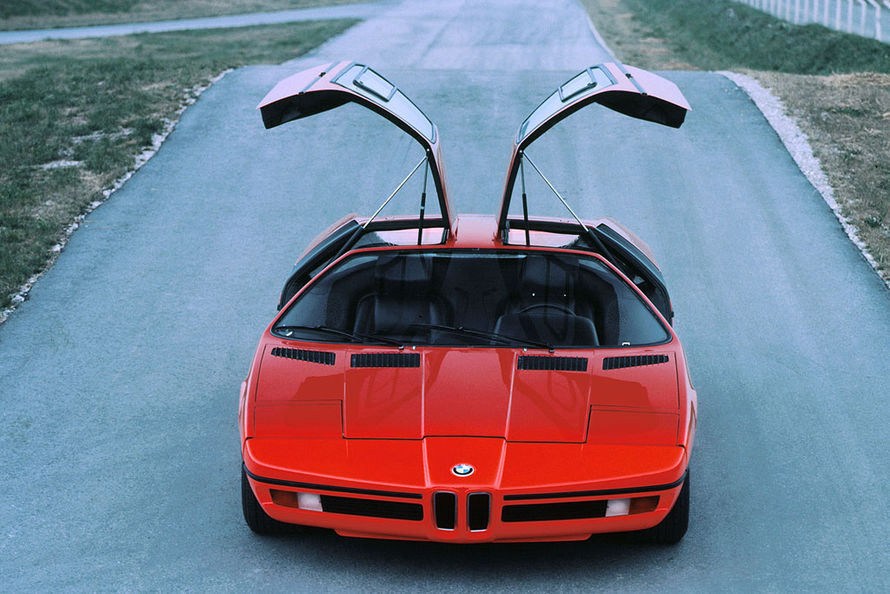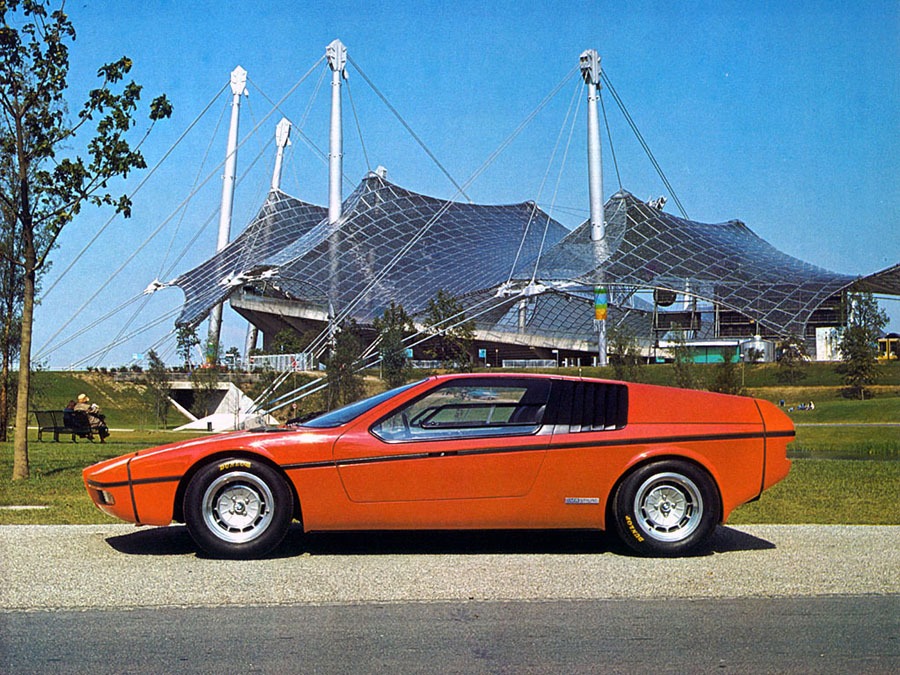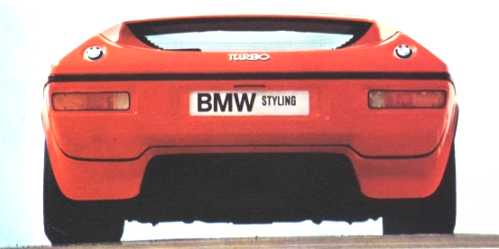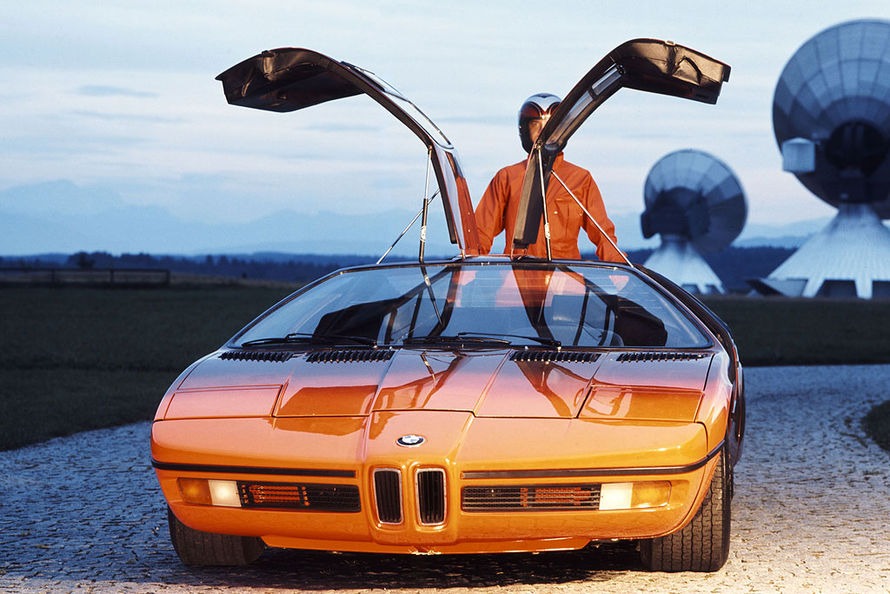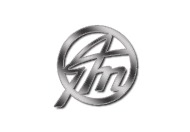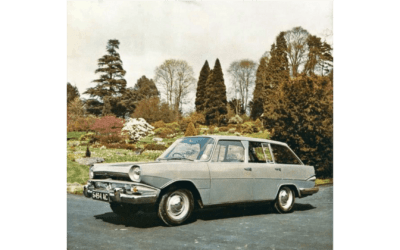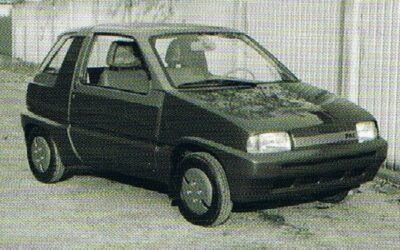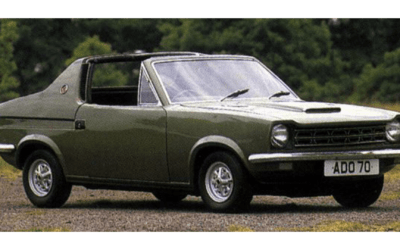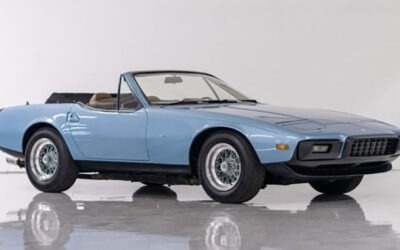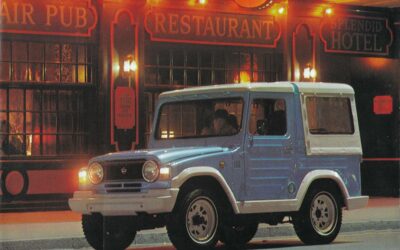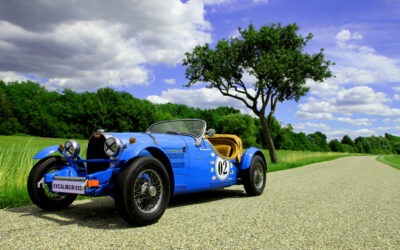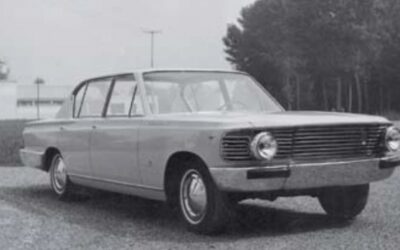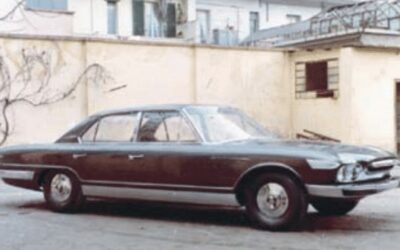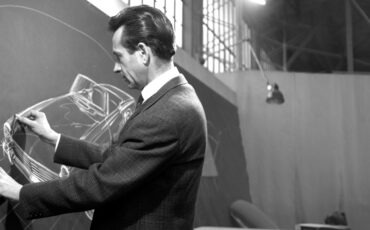The BMW M1: The Origin
The BMW M1 holds a unique place in automotive history. As the first production car from BMW’s Motorsport division, the M1 was intended to showcase the company’s engineering prowess and racing pedigree. However, despite its striking looks, impressive performance, and significant impact on the BMW brand, the M1’s journey was fraught with challenges, including financial turmoil, production delays, and regulatory hurdles. Today, the M division has evolved into a symbol of high-performance street cars, but the M1’s legacy remains one of both triumph and failure.

